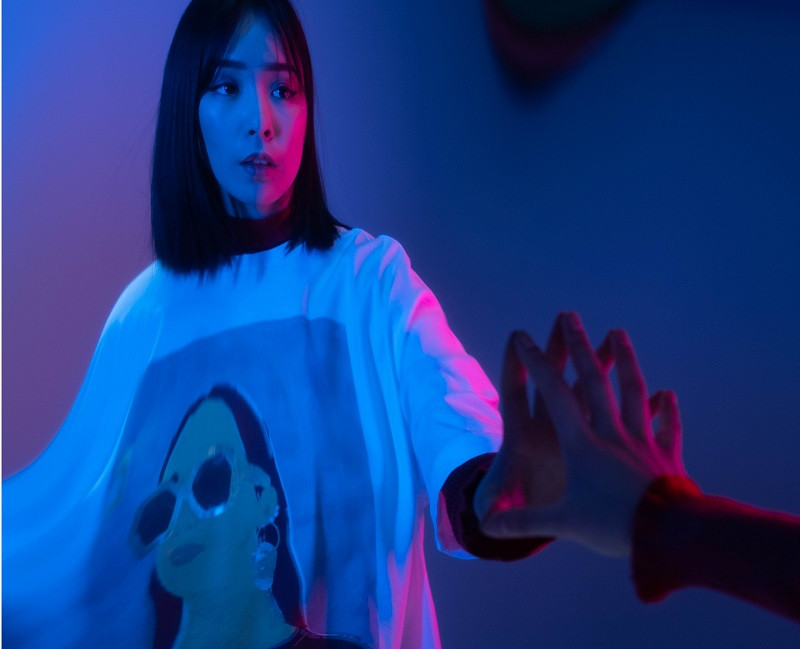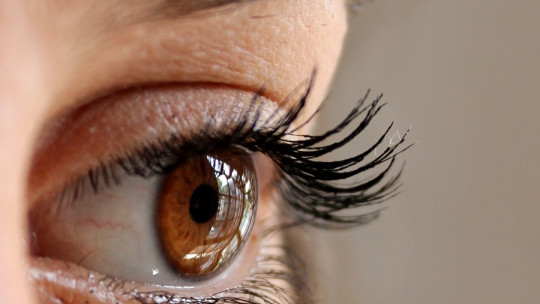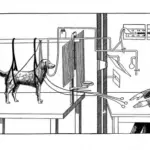There are a series of mental phenomena, in the form of images, that arise without any particular stimulus being present that triggers or activates them or, on the other hand, could remain active in the mind when the stimulus that had triggered them It is no longer in front of the subject and all of them are known as pseudoperceptions within the field of psychopathology.
Pseudoperceptions are atypical mental images whose form of processing is similar to that of a real perception, and can emerge in a person’s mind without a specific stimulus that could have activated or triggered them.
In this article We will see what pseudoperceptions consist of and what are the main types of them.
What are pseudoperceptions?
Pseudoperceptions are those anomalous psychic images that are processed in a very similar way to that of an image perceived through sight so they could confuse these pseudoperceptions with real perceptions.
It should be noted that pseudoperceptions are classified in the field of clinical psychopathology within a psychological phenomenon that has been called “perceptual deception”, and the fundamental characteristic of all psychopathologies found within this classification, such as pseudoperceptions, is and hallucinations are based on a series of images that are the fruit of the subject’s imagination and that, in turn, he experiences them as if they were images that he has perceived externally as if they were real.

Therefore, all these perceptual deceptions are nothing more than a series of misleading interpretations of mental or cognitive images in sensory-perceptual terms And this is not because there is any alteration in any of the sense organs or because they are dysfunctional, but it could be explained by the fact that perception and imagination have very similar rules of cognitive functioning; Although, it is true that some pseudoperceptions or hallucinations could be triggered after ingestion of toxic substances or due to some brain dysfunction.
What are the main pseudoperceptions?
Below we will see the most common pseudoperceptions that people can experience in certain situations.
1. Mnesiac and eidetic images
Memory images are a series of images related to a person’s memories, but that are relived in a transformed form and may even be mixed with your own desires.
These types of pseudoperceptions usually disappear over time, especially if the person does not pay too much attention to these transformed memories. Therefore, eidetic and mnesiac images are totally subjective and, furthermore, they are usually experienced with little vividness and lack liveliness.
On the other hand, eidetic images are a peculiar class of memory images and deal with a series of identical representations, or almost, of sensory impressions, which are usually auditory or visual in nature, which have remained stored in the mind of the subject who he experiences them.
A relevant characteristic of eidetic images is that the individual is capable of voluntarily evoking them although they also tend to emerge in your consciousness involuntarily.
Karl Jaspers stated that eidetic images are imagined, like other pseudoperceptions, and when the individual experiences them he retains his judgment of reality, since he is aware that these images are not real.
These types of images are commonly experienced during childhood and also among individuals from primitive cultures, although they have also been described by people who have high artistic abilities.
2. Post-images or consecutive images
Afterimages or consecutive images are pseudoperceptions that occur as a result of excessive sensory stimulation previously occurring
Its fundamental difference with eidetic images is that in the latter their representation in the individual’s mind could be evoked on successive occasions after a period of time, while consecutive images can only be maintained in the individual’s mind for a few seconds.
Another characteristic of consecutive images is that their image in the person’s mind has opposite characteristics to those of the original image, and for this reason they are also known as “negative images.” An example of consecutive images or post-images is when after having been looking at a dark color, a light color begins to be seen. These types of pseudoperceptions They are not considered as if they were real by the person who experiences them, nor are they usually pathological
3. Parasitic images
Parasitic images are pseudoperceptions that are differentiated from eidetic and mnesic images in that the former are involuntary and autonomous, while consecutive images or post-images are differentiated by their subjectivity; and it is that The person is aware that these parasitic images are a product of their mind
On the other hand, like the others, parasitic images are produced by a specific stimulus that triggered them but is no longer present when said images are produced in the person’s mind, this characteristic being a differentiating point of the illusions.
Other fundamental characteristics of parasitic images is that they are intrusive in nature and emerge in a person’s mind when they do not focus their attention on them. Hence the reason why they have been called “parasites”. On the other hand, these pseudo-perceptions tend to disappear from the individual’s mind when he or she focuses on their experience; This is a fundamental difference with obsessions produced in the form of images, since when the individual usually pays attention to obsessions, it is more difficult to make them disappear.
The ghosting images usually They occur when the person is fatigued, tired, and also after having suffered a traumatic event
4. Hallucinoid images
Hallucinoid images are pseudoperceptions produced in the mind of an individual without stimuli that can activate them being present.
Its main characteristics are its autonomy, uncontrollability and subjectivity at the same time that they present with clear image characteristics and are usually produced by some condition in the central nervous system, such as an illness or by some poisoning, whether due to a food, a drug or an infection, among others. .
Hallucinoid images are usually simple and at the same time very visual, although they lack any type of emotional meaning. The person who experiences them is aware that they are the result of their imagination, which differentiates them from a hallucinatory experience.
An example of hallucinoid images are those lights, flashes or simple figures that are produced within black space when a person closes their eyes, which has also been called “Müller’s phenomenon”.
5. Hypnagogic images
Both hypnagogic and hypnopompic images are pseudoperceptions, which have also been called physiological hallucinations, and They usually occur when the individual experiencing them is in a state of semi-consciousness that is, between sleep and wakefulness or vice versa.
Hypnagogic images are phenomena that occur when the individual is asleep, being images that appear in their mind in the order of time that passes until they fall completely asleep.
The vast majority of hynagogic images experienced are of a visual nature, consisting of a series of visions such as geometric patterns, lights, flashes or shadows.
- You may be interested: “Hypnagogic hallucinations: what they are and what they can be a symptom of”
6. Hypnopompic images
Hypnopompic images are pseudoperceptions in the form of images that are experienced during the period from sleep to awakening It is common for these images to be integrated by the person who experiences them unconsciously as part of their dreams.
These images, like hypnagogic ones, are spontaneous and autonomous, so that they emerge and undergo transformations without the person being able to control them. Other characteristics of both are that they are realistic and vivid; However, they are not usually significant to the person experiencing them. Furthermore, these experiences are very common among the general population without psychopathologies, with studies reporting that approximately 70% of the population has experienced this type of pseudoperceptions
These pseudoperceptions differ from hallucinations for various reasons, such as the fact that in the former the person maintains the judgment of reality and, therefore, they are not attributed to any external force, so they do not interfere with their life. everyday life, while in the case of hallucinations, just the opposite usually occurs.









